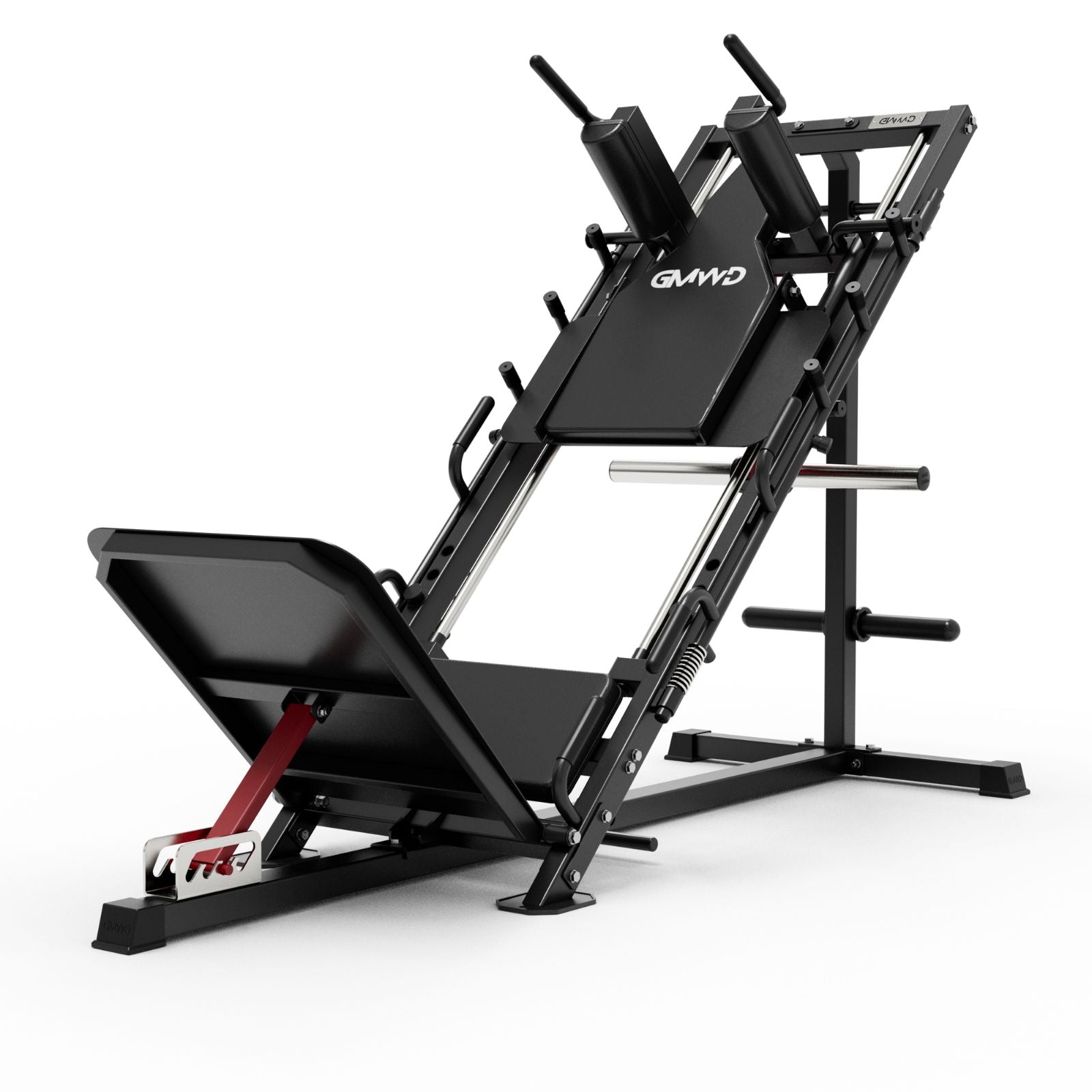When it comes to strength training, the deadlift and squat are two of the most important and powerful exercises. Both exercises require a solid barbell, but which one is best for you? If you’ve ever looked at a gym’s equipment selection, you may have noticed that there are distinct types of barbells specifically designed for deadlifts and squats: the deadlift bar and the squat bar. While they might look similar at first glance, these barbells are tailored to meet the unique demands of each movement.
In this article, we'll break down the differences between deadlift bars and squat bars, discuss how each one impacts your performance, and help you choose the right barbell for your training needs.
1. What Is a Deadlift Bar?
A deadlift bar is specifically designed for the deadlift exercise. It has some unique features that differentiate it from a standard barbell. Here’s what makes the deadlift bar stand out:
-
Increased Flexibility: A key feature of a deadlift bar is its extra length and flexibility. This bar is made from a thinner, more flexible steel, which allows for more “whip” or bend. The flexing of the bar allows lifters to pull the weight off the ground more easily, as the bar will bend and then snap back into position, giving the lifter a slight advantage on the initial lift.
-
Longer Length: Deadlift bars are typically 7 feet 4 inches long (compared to the standard 7 feet), which allows for more room to load heavier weights.
-
Thinner Diameter: The deadlift bar is generally thinner than a squat bar, measuring around 27 millimeters in diameter, which allows for a firmer grip, especially when pulling heavy loads.
-
More Aggressive Knurling: Deadlift bars often feature more aggressive knurling. This provides a better grip, helping you maintain control as you pull heavy weights.
2. What Is a Squat Bar?
The squat bar is built to meet the demands of squatting, providing stability and support during the deep squat movement. It has some distinct characteristics that cater to squatting form:
-
Increased Strength and Rigidity: Unlike the deadlift bar, the squat bar is designed to be stiffer and more rigid. The bar typically has a thicker diameter (around 29 millimeters), which offers better support for squatting movements. This rigidity ensures the bar doesn’t bend under the weight, making it more stable as you perform your squats.
-
Longer Sleeve Length: Squat bars usually have longer sleeves, providing more room to load heavier weights. This is especially beneficial for lifters who perform very heavy squats.
-
Moderate Knurling: Squat bars tend to have less aggressive knurling compared to deadlift bars. Since squats don’t require the same kind of grip intensity as deadlifts, the knurling is more moderate, offering comfort without sacrificing stability.
-
Safety and Comfort: Some squat bars come with safety features, like a thicker, more ergonomic design that’s easier on the back and shoulders, ensuring comfort during heavy lifts.
3. Key Differences Between Deadlift Bar and Squat Bar
| Feature | Deadlift Bar | Squat Bar |
|---|---|---|
| Flexibility | More flexible, allows for more whip. | Stiff and rigid for stability. |
| Length | Typically 7 feet 4 inches. | Standard 7 feet. |
| Diameter | Thinner, around 27mm. | Thicker, usually 29mm. |
| Knurling | Aggressive for a firmer grip. | Less aggressive for comfort. |
| Sleeve Length | Standard sleeve length. | Longer sleeves for heavy loading. |
| Purpose | Optimized for deadlifts. | Optimized for squats. |
4. Choosing the Right Bar for Your Workout
When it comes to deciding which bar to use, it largely depends on the exercise you're focusing on.
-
For Deadlifts: If you’re looking to improve your deadlift performance, the deadlift bar is your best bet. Its flexibility and increased whip provide a slight mechanical advantage, allowing for more effective pulls. The thinner diameter also ensures a better grip, especially for lifters with larger hands or those pulling heavy weights.
-
For Squats: The squat bar is designed to be stable and supportive. If you’re focusing on squatting, especially heavy loads, the squat bar is a more reliable choice. Its rigidity and thicker diameter give you the stability you need to maintain proper form throughout the lift. The moderate knurling also ensures comfort for those who squat with high-volume reps or significant weight.
5. Can You Use One Bar for Both Exercises?
While it’s possible to use one bar for both deadlifts and squats, it’s not ideal for maximizing performance. A squat bar will work for deadlifts in a pinch, but the increased rigidity can make pulling more difficult, especially for heavy lifts. Similarly, while a deadlift bar can technically be used for squats, the extra flex might lead to instability, which can throw off your squat form.
For serious lifters, using the proper bar for each movement can make a noticeable difference in performance and comfort.
6. Conclusion
Both the deadlift bar and squat bar are essential pieces of equipment, each optimized for their respective lifts. Choosing the right bar depends on your goals and the exercises you plan to focus on.
- Deadlift Bar: Best for improving your deadlift performance with flexibility and aggressive knurling.
- Squat Bar: Ideal for squatting, providing stability and support to handle heavy loads.
If you have the space and resources, investing in both types of bars can elevate your training and allow you to optimize your performance for each lift. Whether you’re a seasoned lifter or just starting out, using the correct bar for the job can improve your results and minimize the risk of injury.










































Leave a comment
This site is protected by hCaptcha and the hCaptcha Privacy Policy and Terms of Service apply.